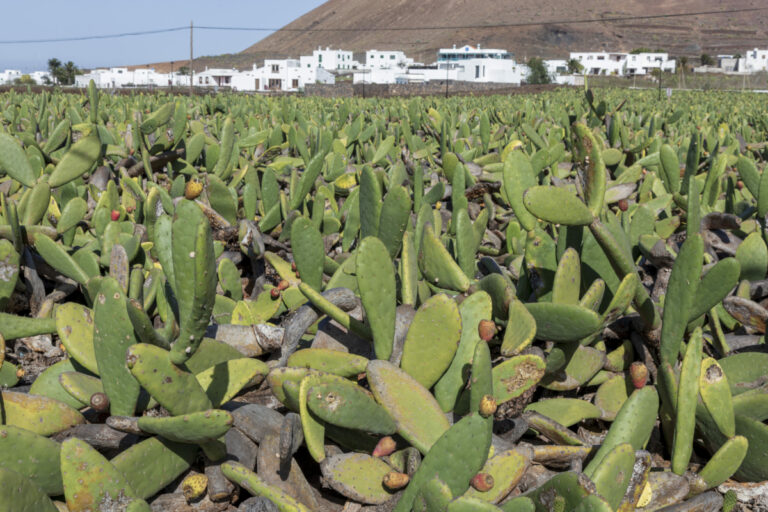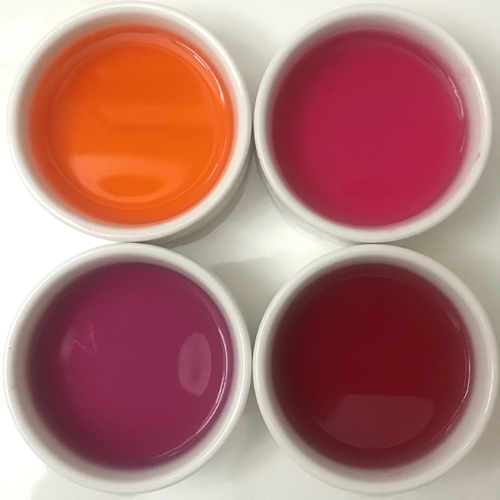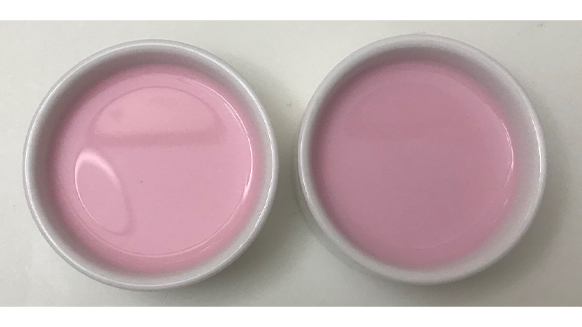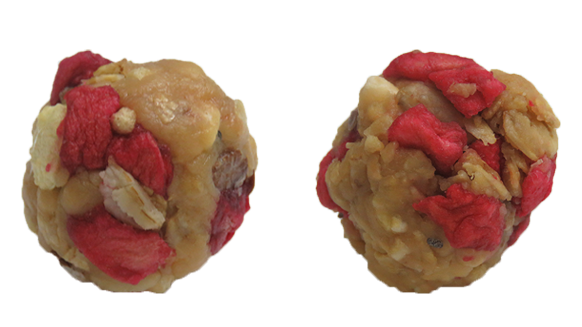Viva Magenta – the 2023 Pantone® color of the year 2023 – is a vibrant and daring color that was inspired by the ancient and primordial cochineal dye (also known as carmine). But accompanying the mention of cochineal are often images of iridescent beetles. And while these jewel-like beetles are certainly beautiful, they can be misleading to the source and nature of the actual pigment. In this article, we’ll dive into what cochineal is, the history of use, and its strengths and limitations as a natural color in the food and beverage industry, as well as some common alternatives.
What is cochineal?
Cochineal dye is the common name of a pigment obtained from the female insect Dactylopius coccus. This is a sap insect that lives on the surface of plants and only feeds from sap – hence the name. They usually look like a cottony fluff over the green plant surface. Beetles, on the other hand, are a different species entirely – and can be recognized by their outer hard wing cases and a hard upper body.
The chemical name of the pigment that is extracted from the cochineal insect is called carminic acid – it is an anthraquinone, one of the many natural pigments found in plants and animals and is part of the defense system of the insect – a vibrant deterrent that helps to protect it from ants, its natural predators.
A long history of use
The use of this pigment is ancient – cochineal is native to the Americas and known by many pre-Columbian cultures like the Mayas, Aztecs, and Incas (learn more about the history here). There is evidence of its use in textiles as early as 2000 BCE. The processed form of the pigment, carmine, was exported to Europe during the renaissance and commercialized at astronomical prices, replacing another insect derived red pigment called Crimson. Carmine was used in paintings by famous artists like Tintoretto, Vermeer, Rembrandt, and Velazquez.
To obtain the color carmine, the insects are “farmed” on the surface of nopales, or cactuses – seen in the below image – where they grow feeding exclusively from sap. Once the females are mature, they are harvested and the dye is extracted using hot water. It is further processed to purify, isolate, and formulate it for its diverse uses: as a solid lake, or as a water-soluble dye. The industrial use of these colors has helped to develop sustainable productive models for indigenous people in South and Mesoamerica and to fight desertification by promoting the cultivation of the cacti in drylands.

Carmine in the Food & Beverage Industry
Depending on the method of formulation, carmine can deliver colors like bright orange, red, purple, and of course our beloved magenta hue, which can be seen in the below image. It is one of the most stable natural colors, withstanding intense heat treatments like UHT pasteurization and baking, as well as light exposure. Because it is such a stable, vibrant color, its use is extensive – ranging from foods, drinks, cosmetics, and pharmaceutical preparations.

Despite its brilliant performance and beauty, however, it does have its limitations. Because if its animal source, it is not apt for vegan or vegetarian diets, nor is it considered Kosher. And, as with a few other natural colors, it has dosage rate restrictions based on the application and the regulatory framework in certain regions.
Alternatives to Carmine
Fortunately, Mother Nature has been generous to provide other sources of magenta colors that can be applied successfully in all sorts of food applications, depending on the matrix, pH, and processing conditions. The two main alternatives to carmine are:
Betacyanins
Betacyanins are extracted from beet roots. They work well for applications such as dry mixes for desserts like mousses & flans, protein drinks, fruit flavored beverages, and generally in low water activity foods, but care should be taken when using it applications that are exposed to intense heat, like baked goods, as it can brown or fade.

Anthocyanins
These are a happy family of red purplish pigments, can be obtained from many fruits and vegetables like our Amaize® red obtained from purple corn, or purple carrot juice concentrate, which is part of our Vegebrite® line of coloring foods. You can use these for bright reds and pinks in low ph applications like beverages and confections. However, they will shift hues as the pH gets more neutral.
Other options that can be used are lycopene or other carotenoids suspensions which lean more towards the orangey or maroon range.
While innovating the perfect match to carmine’s stability and versatility is still the holy grail of the natural colors industry, we are fervent believers in providing a diverse selection of natural options that allow for the design of brilliant and exciting food experiences for the greatest diversity of end consumers.

Looking to add red or magenta shades to your next application? Whether you’re looking to try carmine or an alternative – you can request a sample or contact us to get started on a project.



